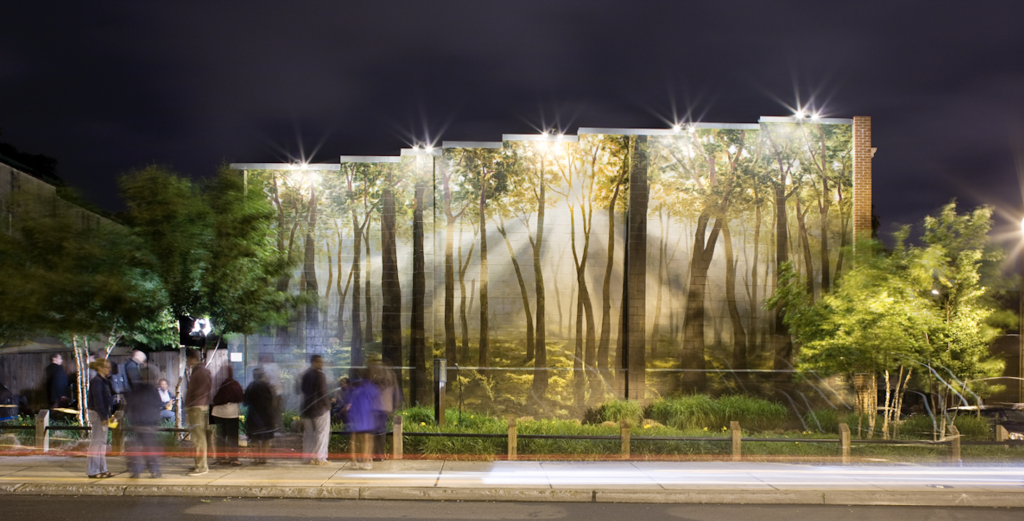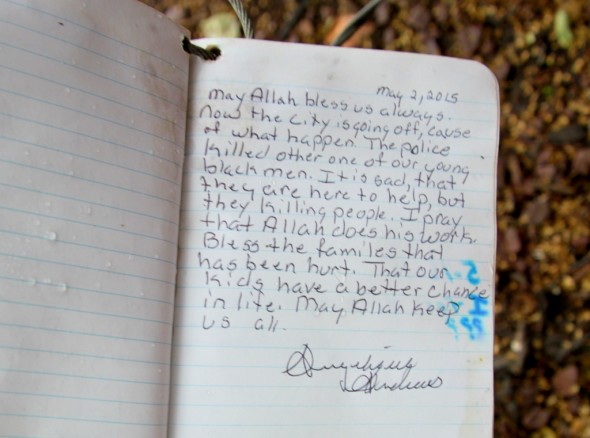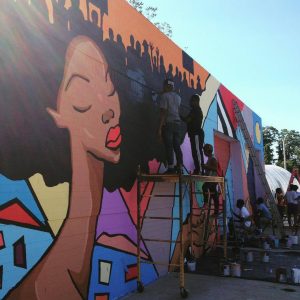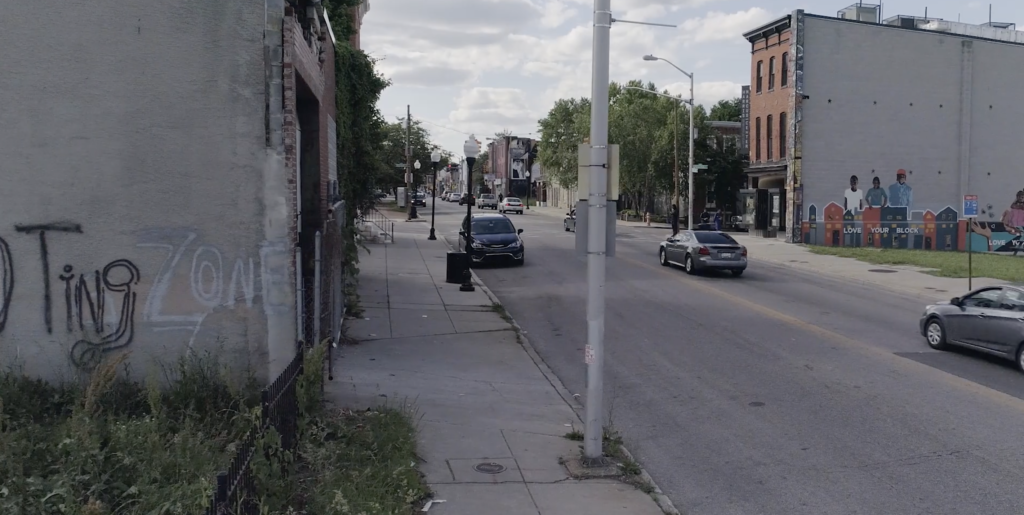From the outside, it could be easy to make assumptions about Sandtown-Winchester—the West Baltimore neighborhood where Freddie Gray was fatally arrested two years ago today. Vacant, dilapidated homes and boarded-up storefronts tell a candid story—a story of persistent poverty, crime, and misfortune. Yet, if you look closely, bright glimmers of promise and progress dot the urban landscape in some surprising ways.
 Pennsylvania Avenue and Presstman Street—two of the neighborhood’s main arteries—intersect in a community nucleus that once was home to a thriving, middle-class neighborhood in the 1950s and 1960s. Riots and violence in 1968 sparked a rapid demise for Sandtown-Winchester and its surrounding neighborhoods—a demise that only seemed to tighten its grip over the years. Five decades, really.
Pennsylvania Avenue and Presstman Street—two of the neighborhood’s main arteries—intersect in a community nucleus that once was home to a thriving, middle-class neighborhood in the 1950s and 1960s. Riots and violence in 1968 sparked a rapid demise for Sandtown-Winchester and its surrounding neighborhoods—a demise that only seemed to tighten its grip over the years. Five decades, really.
The question becomes—how does a community transcend such deeply entrenched issues? Well-intended, past efforts have fallen short in Sandtown. How does a troubled city heal, grow, and transform itself—in lasting ways?
From within. That is the belief of Intersection of Change—a nonprofit purposely situated right within the Pennsylvania & Presstman intersection committed to restoring peace, health and pride to its community.
The decision to partner with Intersection of Change was an easy one for us at Nature Sacred to make. With its holistic, forward-thinking approach, we knew that aligned together, we could help bring solace and healing to people who need it the very most through the creation of an open, sacred place.
Nature, meet city.
In 2007, we got to work. On the Presstman Street spot where once sat a vacant corner store filled with broken glass, the Choose Life Memorial Garden was created. It honors its residents who have lost their lives due to drug-related causes—and provides respites to the community as it heals, grieves and grows stronger.
Imagine a space tucked within blocks of gray asphalt—a pocket garden, no bigger than that a typical city row house lot—filled with green grasses and a grove of river birch trees. Imagine that it’s night and lights illuminate its backdrop: a mural of even more painted birch trees with light pouring forth. A mural that pulls passers-by in—and upward. Imagine there is a bench that welcomes the public with a waterproof journal tucked inside, offered for thoughts or observations. Imagine all this and you have the Choose Life Memorial Garden.

“Before, this was a dreary space,” says Todd Marcus, executive director of Intersection of Change, “Now if offers our community a calming, positive presence. A place to sit, enjoy, smile, and slow down. Sitting on the bench, you really feel you’re in a different world.”

The bench’s small, yellow journal captures the raw, emotive sentiments of its community—authentically—as its residents journey through loss, joy, grief and growth.
Small, hand-crafted stories from the heart—what better way to listen to the pulse of a city, aching to heal?
A holistic approach.
 This garden is just a small part of the equation. Intersection of Change’s reach within the community runs wide and deep.
This garden is just a small part of the equation. Intersection of Change’s reach within the community runs wide and deep.
Its neighborhood revitalization efforts have been significant. To date, the organization has fully renovated 6 previously vacant and dilapidated buildings, transformed 18 vacant lots into community green spaces and meditative gardens, created of a dozen neighborhood murals and converted 96,000 square feet of vacant lots into an urban farm. And that’s just the beginning.
It is Interaction of Change’s ability to connect, inspire and champion its residents that brings lasting results. Its leadership is deeply embedded in the community as long time residents—community members who understand the challenges of its residents first-hand, enabling them to design holistic solutions that make a difference.

There’s Martha’s Place—a recovery program for women overcoming addiction and homelessness that has guided 200 women back into society. This program yields a 40% transitional phase success rate and 75% long-term success rate. The Jubilee Arts Center brings joy, creativity, expression and workforce development to all ages. The Strength to Love II urban farm program employs ex-offenders upon return from incarceration—effectively bringing fresh produce and industry to its community.
Today.
It’s been two years since Freddie Gray’s passing, when a rush of media attention sparked important discourse about the future of Sandtown-Winchester and its surrounding neighborhoods. “Now that we’re two years removed from the crisis, the attention has shifted away from these kinds of conversations,” quotes Marcus.
For those of us inspired to see more progress in Sandtown, or in other cities facing similar challenges around the country, perhaps a path forward is not to lose momentum—to leverage the Intersection of Change’s mindset of finding and empowering the beauty within the community. By listening to its people, understanding their challenges and pressures, and providing them opportunities for renewal and growth. From within.


